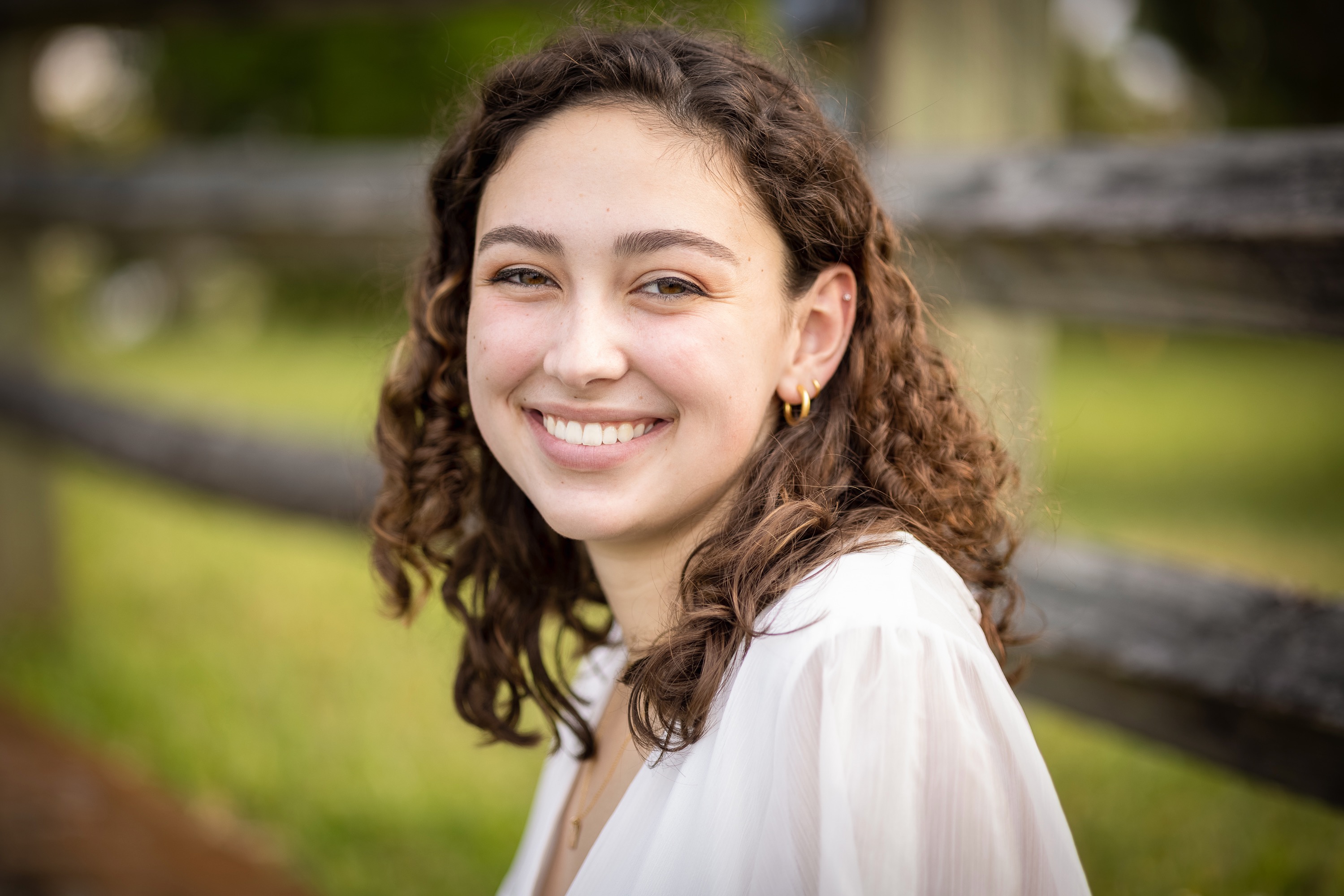Research Symposium
22nd annual Undergraduate Research Symposium
Emma Barrett Poster Session 5: 1:30 - 2:15/Poster #62

BIO
I am a first year Presidential Scholar at Florida State University, where I plan to major in Anthropology and minor in Urban Planning and Development. I am on track to graduate with a Master's Degree in my fourth year at Florida State.
As a member of both the Undergraduate Research Opportunity Program and Florida State's Honors Program, I have had the privilege of learning about human interactions through research and rigorous honors coursework. My participation in these organizations has inspired me to pursue archaeology, a sub-discipline of anthropology. I hope to obtain a PhD in Anthropology after my time at Florida State University, and eventually become involved with university-level teaching and research.
Smokey Hollow: Urban Renewal and the Historic Displacement of a Black Community in Tallahassee
Authors: Emma Barrett, Dr. Tyler McCrearyStudent Major: Anthropology
Mentor: Dr. Tyler McCreary
Mentor's Department: Geography Mentor's College: College of Social Sciences and Public Policy Co-Presenters: Charles Campbell
Abstract
Beginning in the 1940s and continuing through the 1960s, urban renewal efforts across the United States displaced some of the country’s poorest communities for the purpose of municipal construction and redevelopment. These communities, dubbed “slums”, were appropriated for public use, often becoming urban road or park infrastructure, or resold to private developers. However, an effect of urban redevelopment efforts that went largely unaddressed by the government during this time was the relocation of Black citizens who comprised the majority of these communities.
This project examines the slum clearance of Smokey Hollow, a historically black community in Tallahassee, Florida that was repossessed for the construction of the Apalachee Parkway and Capitol Center in the 1960s. While the purchased properties were cleared for this urban renewal project, a large portion of them were left undeveloped. Thus, it is clear that slum clearance of Smokey Hollow, like many urban renewal projects at the time, was a thinly veiled attempt to rid rapidly developing parts of the city of Black citizens.
Through the investigation of Florida archival documents from the 1940s to the 1960s, we hope to offer new perspectives on racial underpinnings of urban renewal efforts. Our research specifically focuses on critically reading the government archive to examine how planners and decision-makers rationalized the destruction of Smokey Hollow. Through examining the legislative, judiciary, and bureaucratic decisions that facilitated the condemnation of these properties, we seek to expose the often thinly veiled racial logic that justified these displacements.
Keywords: Renewal, urban planning, clearance, geography

